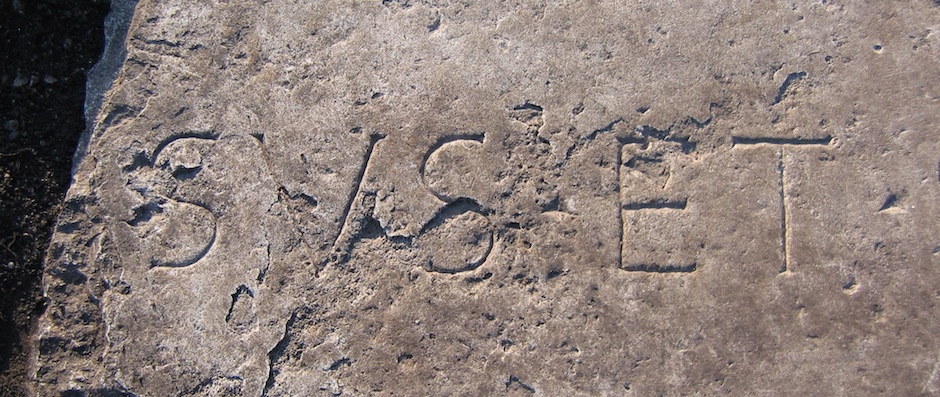The epigraphic documents coming from excavations in the sites of Segesta, Entella, and Kaulonia consist of a substantial set of texts, several of which still unpublished or appearing in individual papers.

The study of the Greek and Latin inscriptions from Segesta is currently in progress within the field of Segestan studies. The corpus, which will be published as a whole, will include materials coming both from previous excavations and from the most recent archaeological field surveys. These inscriptions, varying in date and purpose, form a corpus of great interest that, together with archaeological and literary data, gives an important contribution to the reconstruction of the history of ancient Segesta. Some documents of great historical value will thus receive new visibility, as is the case for the monumental Latin inscription by Onasus in the triangular square of Segesta, the Greek documents on public buildings, and the inscription of the bouleuterion bearing the name of its architect.
A group of bronze tablets known since the Seventies as the “Decrees of Entella and Nakone” comes from the Elymian area, as well. These Greek documents underwent some peculiar phases of discovery, and offer an unparalleled picture of several aspects of the two cities that issued them. After two preliminary editions by G. Nenci and C. Ampolo, the decrees will be fully published in a new edition that will analyse their sequence, offer new readings, and outline the historical and cultural framework of reference.
Turning to the South Italy, the recent restoration of bronze objects from the sanctuary area of ancient Kaulonia allowed the recovery of epigraphic texts of valuable historical interest. Among them, the so-called “Tabula Kauloniensis” deserves particular attention: it consists of a metric inscription in Achaean alphabet engraved on a bronze tablet dating back to the 5th century BC, and represents the longest inscription in Achaean alphabet known today. The text suggests some hints on the cults of the sanctuary and, at the same time, it provides new elements for interpreting the urban context of ancient Kaulonia. An editio princeps of the inscription will be accompanied by a full commentary concerning historical, archaeological and literary matters.
Scientific coordinator: Carmine Ampolo
Contributors: Anna Magnetto, Donatella Erdas, Emilio Rosamilia
“Passeggiando per l’antica Segesta… in Normale. le Inscriptiones Segestanae“.


